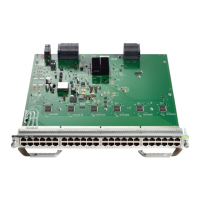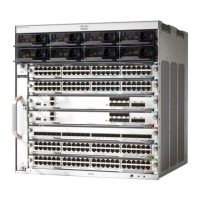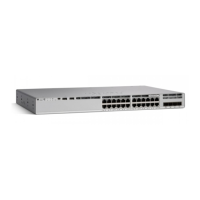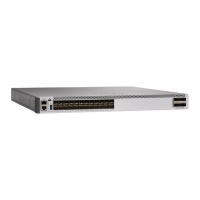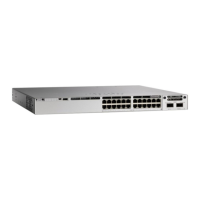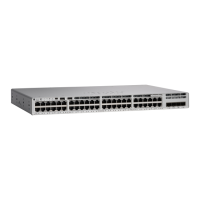PurposeCommand or Action
Device# delete usbflash0:myconfig
On Class A and B Flash file systems,
when you delete a specific file in
flash memory, the system marks the
file as deleted, allowing you to later
recover a deleted file using the
undelete EXEC command. Erased
files cannot be recovered. To
permanently erase the configuration
file, use the squeeze EXEC
command. On Class C Flash file
systems, you cannot recover a file
that has been deleted. If you attempt
to erase or delete the configuration
file specified by the CONFIG_FILE
environment variable, the system
prompts you to confirm the deletion.
Note
Specifying the CONFIG_FILE Environment Variable on Class A Flash File
Systems
On Class A flash file systems, you can configure the Cisco IOS software to load the startup configuration file
specified by the CONFIG_FILE environment variable. The CONFIG_FILE variable defaults to NVRAM.
To change the CONFIG_FILE environment variable, complete the tasks in this section:
Procedure
PurposeCommand or Action
Enables privileged EXEC mode.enable
Step 1
Example:
• Enter your password if prompted.
Device> enable
Copies the configuration file to the flash file
system from which the device loads the file on
restart.
copy [flash-url | ftp-url | rcp-url | tftp-url |
system:running-config |
nvram:startup-config] dest-flash-url
Example:
Step 2
Device# copy system:running-config
nvram:startup-config
Enters global configuration mode.configure terminal
Example:
Step 3
Device# configure terminal
System Management Configuration Guide, Cisco IOS XE Bengaluru 17.4.x (Catalyst 9400 Switches)
312
Managing Configuration Files
Specifying the CONFIG_FILE Environment Variable on Class A Flash File Systems
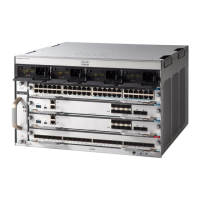
